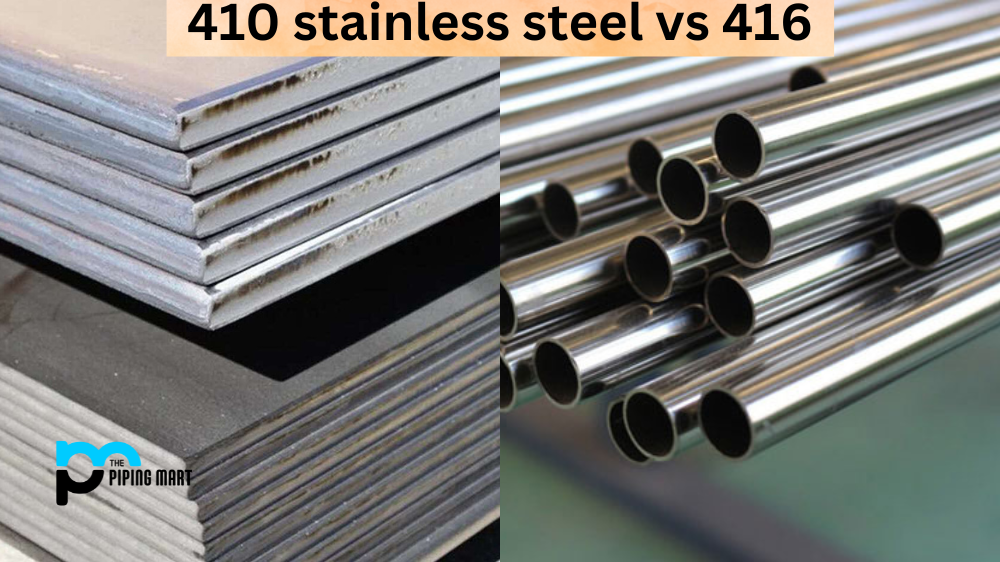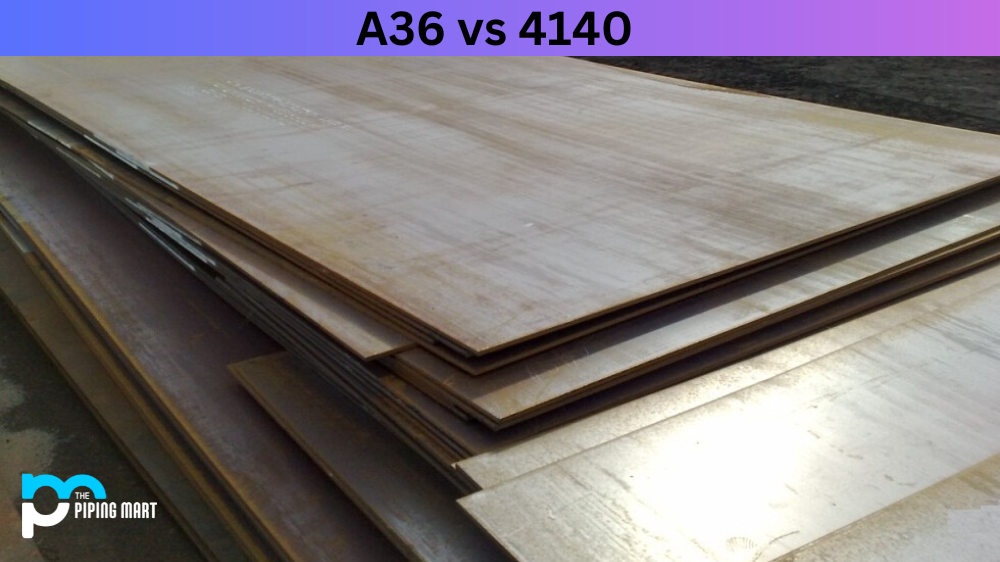When choosing the right type of steel for your project, it is crucial to consider its properties and performance. Stainless steel is a popular choice in the manufacturing industry for its strength, durability, and corrosion-resistant features, among other factors. However, not all stainless steel types are the same, and today, we will be exploring the differences between 410 stainless steel and 416.
Difference Between 410 Stainless Steel and 416
Chemical Composition
The first difference between 410 and 416 stainless steel is their chemical composition. 410 stainless steel contains 11.5% chromium, while 416 stainless steel contains 12%. 410 and 416 stainless steel contain carbon, silicon, manganese, phosphorus, sulfur, and nickel.
Hardness
Another difference between 410 and 416 stainless steel is their hardness. 410 stainless steel is a martensitic type of stainless steel which can be hardened through heat treatment. 416 stainless steel is a precipitation-hardening type of stainless steel, which can be hardened by cold working.
Corrosion Resistance
410 and 416 stainless steels both have good corrosion resistance. However, 410 stainless steel is more corrosion-resistant than 416 stainless steel in certain environments. This is because 410 stainless steel contains more chromium than 416 stainless steel.
Machinability
410 and 416 stainless steels both have good machinability. However, 410 stainless steel is slightly easier to machine than 416 stainless steel due to its lower carbon content.
Applications
410 and 416 stainless steels are used in a variety of applications. Some common applications for 410 stainless steel include knife blades, fasteners, and valves. Some common applications for 416 stainless steel include gears, shafts, and screw machine products.
Conclusion
In conclusion, 410 and 416 stainless steel belong to the same family of martensitic stainless steel, but they are not interchangeable. Understanding their differences in properties and performance is crucial to determine which type of steel is a better fit for your application. Factors such as machinability, corrosion resistance, weldability, and price are important considerations when choosing between the two. With this knowledge in mind, you can make an informed decision and choose the right type of stainless steel for your next project.

A passionate metal industry expert and blogger. With over 5 years of experience in the field, Palak brings a wealth of knowledge and insight to her writing. Whether discussing the latest trends in the metal industry or sharing tips, she is dedicated to helping others succeed in the metal industry.




